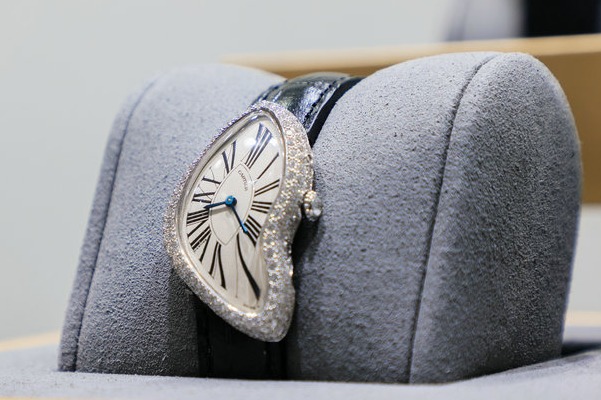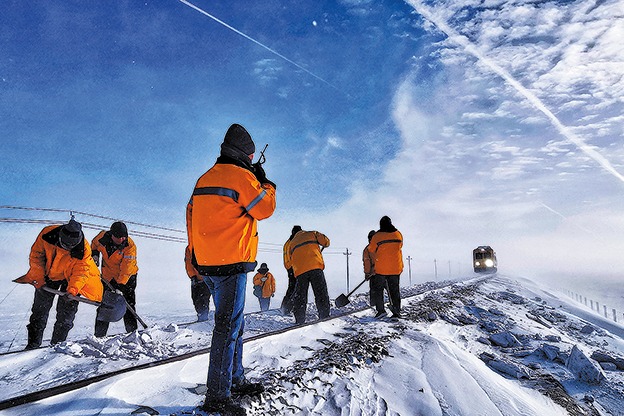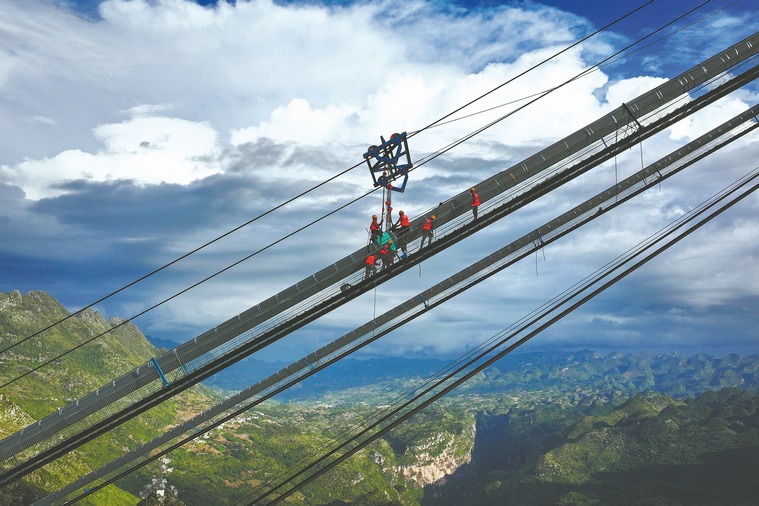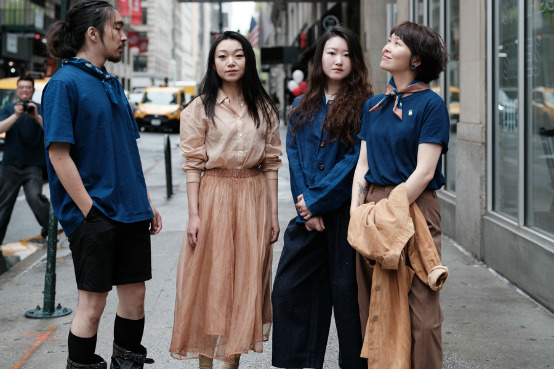Masters of the soundscape
A performing art that dates back thousands of years is alive and well, thriving with the help of modern technology, Fang Aiqing reports.


In Fang Haoran's profession you can forget the eyes, for it is the mouth, teeth, lips, tongue and throat that have it. Fang is one of very few full-time performers of kouji, whose exponents earn their keep by imitating sounds in nature such as those of animals, wind and thunder, as well as those of human actions such as sawing wood or fluffing cotton.
The vocal mimicry that Fang, 31, performs have their roots in China's agricultural civilization that goes back thousands of years and is recognized as an item of national intangible cultural heritage. Those antecedents may seem to make this art little more than a relic, but Fang and others who perform it are determined to ensure it remains relevant and interesting to the dwellers of the 21st century.
The skill is mentioned in historical documents at least 2,100 years old when someone in the entourage of the ancient politician Lord Mengchang mimicked the crowing of a cock that was said to make roosters in the area crow too, to distract the gatekeepers of Hangu Pass, an ancient choke point in what is today Henan province, allowing his lord to get through and return home.
No later than the Song Dynasty (960-1279) kouji was thriving. Many young people today learned about it from a high school text by the 17th-century writer and official Lin Sihuan, describing a vocal mimicry performer presenting how a couple reacted to their two sons' crying and screaming, with dogs and mice vaguely heard, followed by a fire as a result of which many people shouted for help.
The audience, the text said, were startled upon hearing the sound. They were relieved when a modesty screen was removed to reveal that a single performer, with aid of a table, a chair, a fan and a wooden block, had been the one delivering the alarming soundscape.
In 2018 Fang resumed the scene in its entirety after five years' exploration. There were also the sounds of rebuke and snoring, bowls being smashed, wind and the crackle of fire. He also managed to find several old abaci made decades ago to simulate the sound of one splashing in water, brought to life with the help of vocal mimicry techniques.
Fang was born in rural Chun'an county, Zhejiang province. As a child he discovered that when he quacked, ducks in the stream running in front of home followed him, and his interest in imitating animal sounds was thus born.
He came to Beijing in 2008 and the following year started learning kouji with a master of the art, Niu Yuliang.
One key to successfully performing kouji is to produce sound while inhaling so it is not influenced by one's natural voice. Being able to put on a performance of several hours requires a huge amount of rehearsal, he says.
Fang grew up in Jiangnan, which means regions around the lower reaches of the Yangtze River, and he was aware that the agreeable climate and landform had enabled diverse species to live there, and they provided him with abundant inspiration to recreate their sounds.
As with many ancient folk art forms, very few performers can make a living from kouji, he says. He once questioned the value of passing on kouji to younger generations, he says, because common elements of pastoral life, such as hens laying eggs or pigs grunting, no longer resonated with young urban-dwelling audiences. In fact, most of his fellow apprentices came from the countryside.
Over the past years he also mimicked sound effects from movies including Avatar, The Transformers and the Fast and Furious series, in these instances it is not human sound but the sounds of helicopters, canons and brakes among others that were needed. He also took on more ambitious challenges such as reproducing ancient battleground scenes.
In an effort to popularize kouji he has appeared on variety shows, and before the outbreak of COVID-19 he had toured some Southeastern Asian and European countries.
He also managed to work with the "beatboxer" Zhang Ze in December to give a piece of music where the two forms somehow ran counter to each other but at the same time became integrated. Unlike beatboxing, which mainly creates vocal percussion for hip-hop music, traditional kouji performances usually tell stories or present a life scene, and people often judge a work on how vivid it is.
At first, Fang and Niu did not see eye-to-eye on these modern additions, the sophisticated master being particularly dubious when Fang resorted to using amplification devices to create modern sounds. Niu held that they should be able to perform without the use of external aids.



































